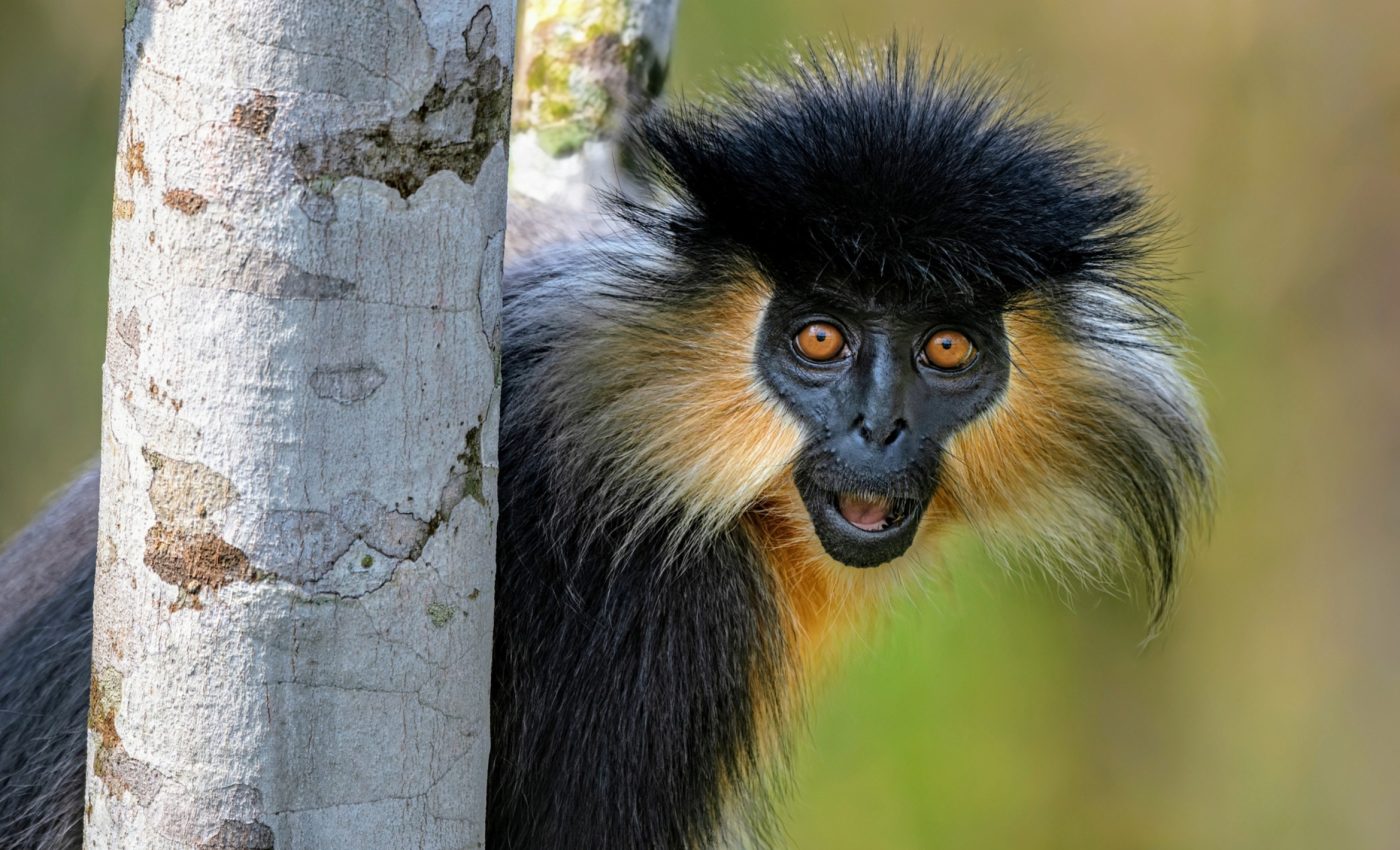
Forest loss is forcing endangered primates to interbreed
A recent study reveals a startling development for two endangered primate species in Bangladesh. Phayre’s langurs and capped langurs might be headed for an unexpected twist in their evolutionary tale – hybridization.
Langur hybridization in Bangladesh
A research team led by Tanvir Ahmed, a PhD student at the German Primate Center, took on the monumental task of studying langur populations in northeastern Bangladesh.
Over a five-year period, from 2018 to 2023, the researchers chipped away at the mysteries hidden within these populations.
Out of the 98 langur groups studied, the experts discovered that 8 were mixed groups that consisted of both Phayre’s and capped langurs.
In three of these mixed groups, some individuals presented as unique blends of the two species. But what did this mean, and does it hold any significant implications?
Genetic evidence from hybrid langurs
When faced with an intriguing puzzle, every scientist knows that the key to deciphering it lies within the data’s fine details.
Once the team collected genetic samples from these hybrid individuals, they were transported to the lab at the German Primate Center for analysis.
The tests confirmed that there had been an instance of hybridization. In this case, the hybrid langur was born to a capped langur mother and a Phayre’s langur father.
Ripple effect of langur hybridization
Hybridization among primates – the blending of two different species – is a rare phenomenon in itself. Typically, it only occurs where two related species find their territories overlapping.
Unnatural activities such as deforestation, trapping, and hunting can lead to population thinning. This restricts the movement of individuals, and thus, can unintentionally spur such hybridization.
“The existence of fertile hybrids is particularly alarming because it suggests that gene flow between these two endangered species could irreversibly affect their future genetic composition,” said Tanvir Ahmed, lead author of the study.
“This is not just a local problem. When habitats are destroyed, animals mix unnaturally and form mixed groups and hybridization might occur. This can even mean the extinction of one or both species,” noted study co-author and lead scientist Christian Roos.
Forest conservation: An urgent priority
The study also revealed that forests which are better protected host bigger langur populations.
However, the situation is never as simple as it seems. Even these protected forests are often too small and fragmented to guarantee the survival of the species.
Ahmed emphasized that forest conservation should become a national priority. Otherwise, we risk losing these langurs and a significant chunk of Bangladesh’s biodiversity.
Impact of langur hybridization
Ongoing research efforts are needed to understand the full impact of hybridization on the endangered langurs.
“This study is a wake-up call. We need more data to develop effective long-term conservation strategies,” said Dietmar Zinner, a co-author of the study.
The survival of the less than 500 Phayre’s langurs and 600 capped langurs in northeast Bangladesh hangs in the balance.
Conservation for endangered langurs
Protection is urgently needed to keep Phayre’s and capped langurs from disappearing forever. The focus should be on preserving and restoring their natural habitats, making sure these amazing primates have enough resources and space to thrive.
This means tackling issues like deforestation and illegal hunting that harm their homes and split up their populations.
Working with local communities is crucial; education and awareness can help create a strong culture of conservation and sustainable living. In addition, better laws and enforcement are needed to guard against habitat destruction, ensuring a safer future for these vulnerable species.
Collaboration on a global scale
The findings from Bangladesh transcend national boundaries, emphasizing the need for a concerted international effort in primate conservation.
Establishing global partnerships, particularly with organizations specializing in primate research and conservation, can share crucial resources, expertise, and funding.
This collaborative approach enables monitoring and research initiatives to embrace a more comprehensive understanding of langur populations, hybridization and their ecosystems.
Equipped with his discoveries, Ahmed is now focusing his doctoral project on a comprehensive genetic study of endangered langur populations. He aims to explore their vulnerability to climate change, a vital step in forming an effective action plan.
The study is published in the International Journal of Primatology.
—–
Like what you read? Subscribe to our newsletter for engaging articles, exclusive content, and the latest updates.
Check us out on EarthSnap, a free app brought to you by Eric Ralls and Earth.com.
—–













